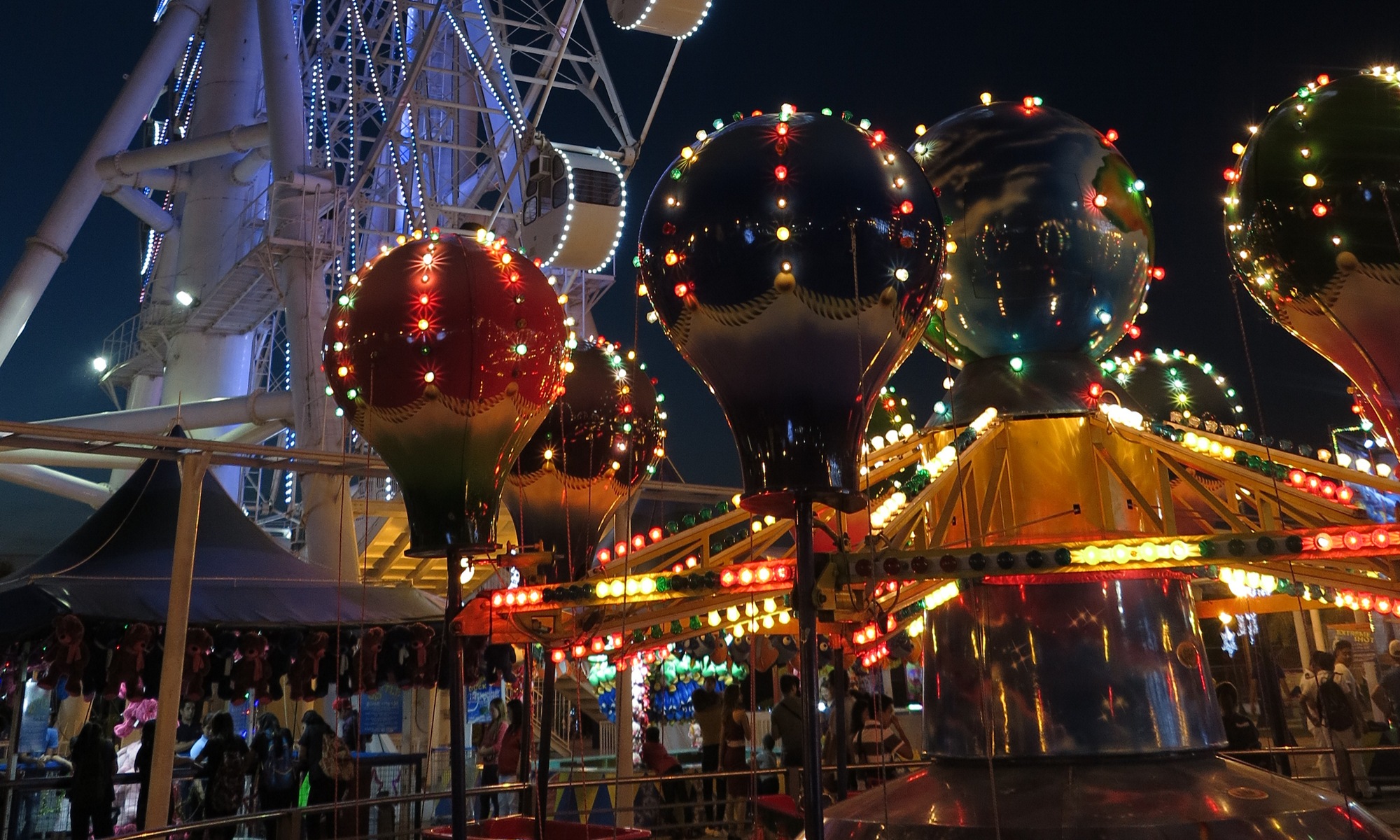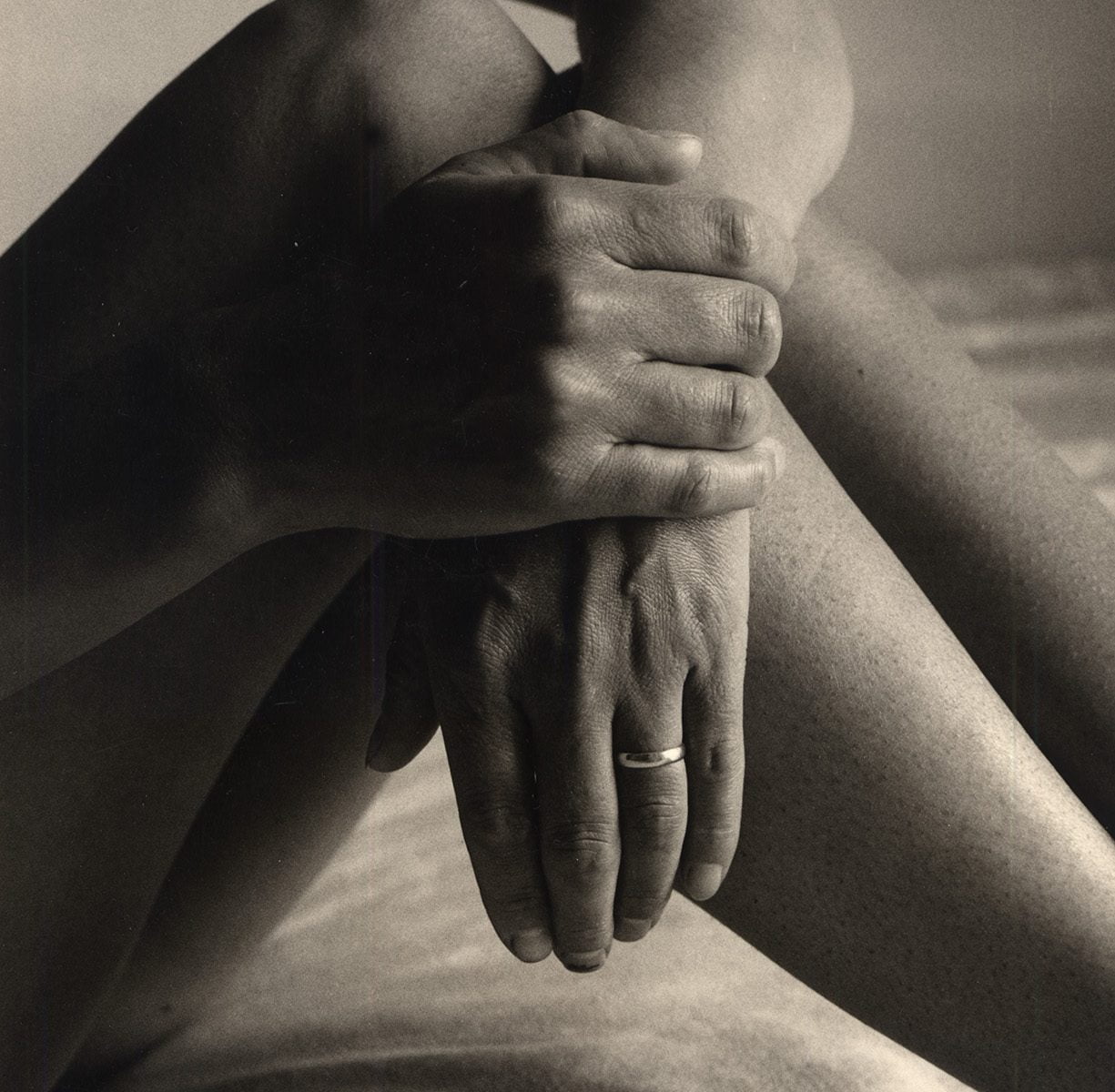Originally posted 2013-11-03 23:31:55.
I grew up in a world where photography, especially monochrome photography, was synonymous with ‘truth’. That was never strictly accurate, of course, and as a photographer I knew the extent to which the truth can be manipulated. Nevertheless, as evidenced by the incredible work we saw every day in the newspapers of the 60s, which I consumed with passion while still at school, a photograph was regarded as an equivalent to reality; it was not just a representation of truth, but an affirmation of it.
“Look,’ it said, ‘This is a true thing; I stand witness to that.’ Even today, when PhotoShop has put tricks of the trade that I spent years learning at the click of an amateur’s mouse, photographs brook no argument. The leaves really were that green, the sunset that orange, the woman so perfect. Yet perfect beauty was never in the sorcery of the darkroom or the airbrush artist’s hand, nor is it in the magic of digital manipulation; real beauty is actually real. It needs no PhotoShopping or dastardly manipulation, only to be seen and known, and recorded.
The other part of my life, however, is very different from the ascetic artist whose delight is in the expression of pure form or idea. As a musician, I am by definition an entertainer. And my professional photographic career has been mainly in Photojournalism. Indeed, long before I immersed myself in Weston and Brandt I was mainlining Cartier-Bresson and Don McCullin.
I’ve been taking pictures of people with no clothes on for over thirty years, since before I was even an undergraduate. Later, I discovered and was inspired by the photographs of Edward Weston, which I found in the library of the Exeter College of Art and Design, now long gone. It’s safe to say that my relationship with Weston remains close; after all, I named my lovely daughter, herself a fine young photographer now, after Weston’s wife and muse, Charis Wilson.
My photographs of naked people are just like my other work. They’re photojournalistic. I don’t mean to suggest that they are rough, or even, particularly, of their moment. But they are narrative. I remember being approached by a potential client who wanted some ‘reportage style’ images, and I said I hadn’t a clue what he meant, but he was welcome to look at some of my work. He said ‘But this is exactly what I’m looking for—why didn’t you just say so?’ and I had to reply ‘Because they’re not “reportage style”, that’s just the way I see things.’
The person, who was trained as a Graphic Designer, couldn’t understand that. For him, the surface was all that mattered, what the thing looked like; his vision was all about style. Pictures, for him, were flat things that only contained an illusion of reality. He didn’t care what they revealed as long as they ‘looked’ right. For me, style was not unimportant, but it was consequential, secondary. It flowed naturally from practice, not the other way round. I was not seeking a ‘look’ and never have; what matters to me is the truth I reveal, and my pictures are not illusions, they are reality.
As an undergraduate I trained as a sculptor and while I haven’t made any for decades, I learned and retain a lot from it. I remember one tutor saying, ‘Yeah, a painter can do anything, but a sculptor has to make it stand up.’ Which I laughed at then, but it’s true; you know. Sculptors instinctively see underneath superficial effects and are instead interested in the underlying structure or form; the truth.
I think that’s why the only style I have ever attempted to work in, is my own. I have never, ever, not in any field of art, attempted to replicate a ‘style’. Of course I am aware of style, because I am very aware of how other people’s work can influence mine. But that’s as far as it goes. I never copy styles and I never reject them. I try to let my responses flow completely naturally, instinctively. If I once saw a great picture and responded to it, then you can bet I’ll use it somewhere. That’s not copying; it’s called learning.
When I teach I tell my students that photography is an art of reflex and reflection. Reflection comes both before and after the fact, as we absorb the images others and we ourselves have made; but at the point of releasing the shutter, the act is pure reflex. It’s instinctive, visceral. The photographer must simply respond to the truth, the reality before the camera. And then, when we develop the film or load the images into our computers, we reflect again. Did that quite work? Or this? Afterwards, the making of that image and the reflection upon it is loaded into our sub-consciousness, so that when we go out again, when we are confronted with the Truth, it is part of our next reflex. This is repeated, time and again, throughout our lives. So the making of photographs is a very complex and multi-layered means of expression; yet the result can be as exquisitely simple as a Brancusi.
I am much more than just a style; everything that I have ever seen, heard, felt or thought—a lifetime of experience, passion, love, learning—comes together in that instant when the shutter trips—and then it is all over. Done. The moment of truth has passed, the climax is spent, till the next time, and the next, and again and again, building over and over, like a great musician’s solo, like the Blues…and in fact I have made several series of photographs that I call ‘Blues Photography’ which I’ll show you some time. There’s not a musician in any of them, though.
One thing is certain: you do not choose the ‘Decisive Moment’ for a photograph; that moment chooses you. All you have to do is be ready for it. Technique should be totally invisible; no-one should ever say ‘Oh, how did you get that effect?’ All they should see is the truth, revealed before them.
Sometimes, an old-dog-photog like me looks at one of my pictures, smiles knowingly, and nods. We don’t need to say more. We know the amount that goes into each image, but like the master masons that built the most glorious cathedrals, we hide our signatures from all except our peers. We are prestidigitateurs who but rarely reveal the secrets of our craft.
Ansel Adams, that wonderful artist and educator, said that photography was ‘part art, part science and part witchcraft.’ He was right and more; photography is the portrayal of truth by the manipulation of light and mirrors, the bromide-stained finger and the sparkling pixel. It may be by proxy, but it is still reality.
My pictures of naked people are not intrinsically different from my portraits, or my landscapes or still-lives or my more conventional photojournalism. Neither are they about sex, even if I was having sex with the subjects; and they are subjects, not objects. They’re not titillating, though they do show skin. They’re not even about celebration of female, or much more rarely male, beauty, although the subjects and the images may be beautiful.
The beauty, rather, was intangible: partly the beauty of the relationship itself, partly the beauty that is humanity. Most of all, though my photographs preserve, in the aspic of light and shade, form and colour, my awe at the moment when I saw and responded; for to look upon beauty and know it is, literally, awe-inspiring.
A friend of mine once looked at my pictures of my wife, nodded, and said, “I want someone to take pictures of me like that, before I get too old’. She, who was in her early twenties, might have been surprised to know that my wife as in her late thirties when those pictures were made, and had already had four children. Beauty is not exclusive to youth; it is, instead, in the eye of the beholder, in the eye of the artist, and in the work we leave behind.


